Letter from the Editor:
Inclusion > Diversity
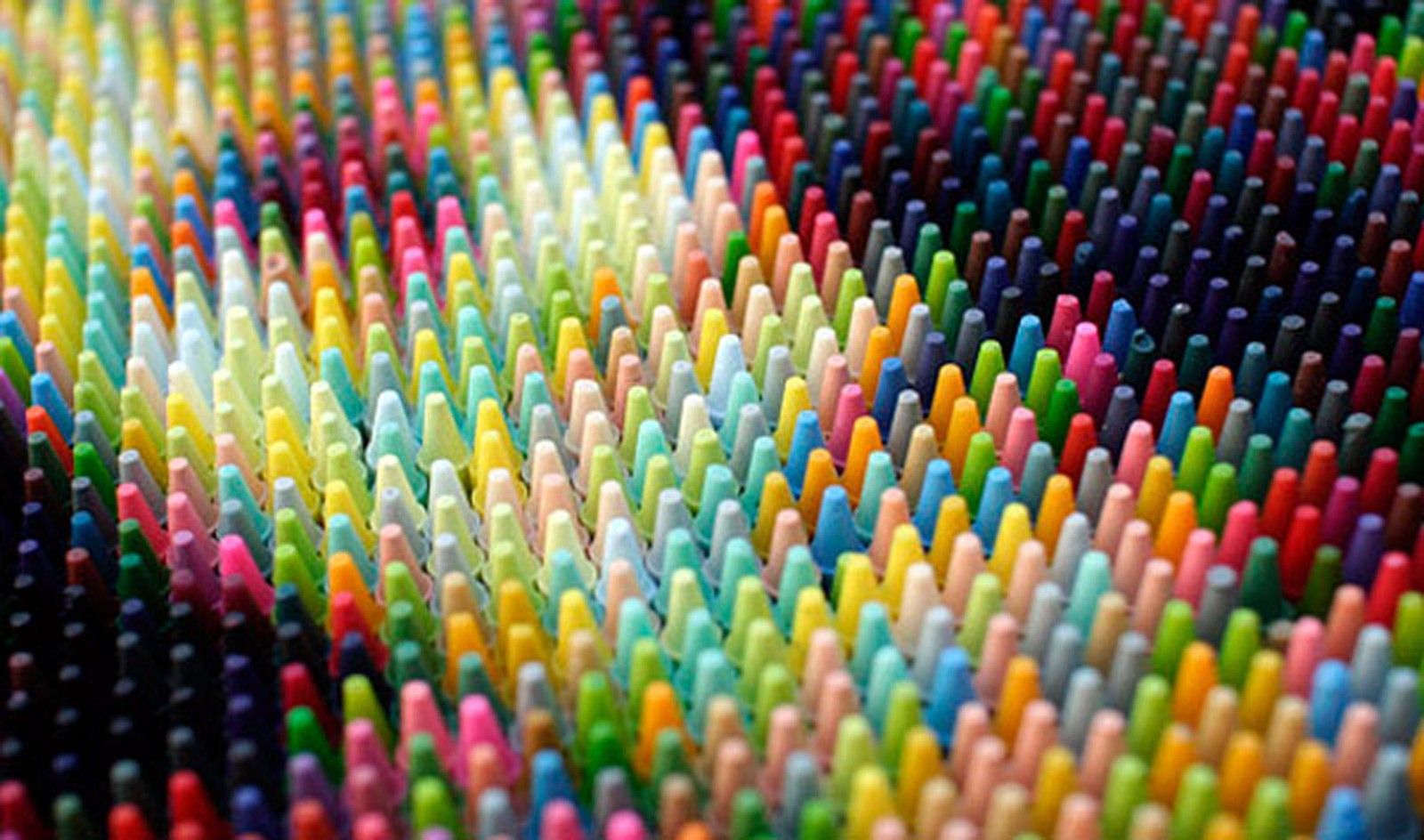
I hope you’re having a great week. Me? Mine has been absolutely bananas. I feel like I’m juggling multiple chainsaws (secret projects I can’t wait to share with you just yet) and deadlines that seem almost impossible to meet. But here’s your freaking newsletter—on Friday. LOL! Seriously, I take deadlines very seriously and apologize for the delay in delivery. Rest in the knowledge that this newsletter was crafted with loving care. 😉
But you still have to endure the chainsaw suspense for now. LOL!
But in the meantime, I hope you enjoy this week’s editor letter recounting a well . . . it’s one of those amusing and self-deprecating anecdotes only I could tell to make a serious point about inclusion. Well, that’s not “only” in the literal sense, as there are only a handful of people who can render this particular story and do it justice. Anyway, here we go. Enjoy this somewhat hilarious redux of a classic essay—
Before we can even begin to think about inclusion, we have to talk about bias and exclusion.
Bias
Biases exist. And we all have preferences, good and bad. The people and things we like, we draw to us. The people and things we don’t like, we push away or avoid. We all do it. I prefer to sit near a wall instead of sitting in the middle of a restaurant, Pinot Grigio over chardonnay, and sitting anywhere on a JetBlue flight than sitting in coach on United Airlines flights. (Way too little legroom on United. Rest assured, legroom most certainly matters even to the vertically challenged. Who doesn’t like comfort?)
And we all have biases that live in our blindspots. More often than not, we don’t realize those biases even exist until we’ve stepped ankle-deep in a steaming pile of our own biases.
Fun.
When it comes to things like Chinese food versus Italian, Yankees versus Mets, or a vacation in the mountains versus the beach, nobody has a problem thinking about or owning their biases. But when we talk about biases in relation to people, everybody gets all freaked out. As well, we should.
You know why?
Because thinking about people in terms of bias means we have to ask ourselves inevitable questions: “Do I do that?” “Have my own personal biases about people who look or act differently from me led me to judge them unfairly?” “Do I have a bias for a more uniform environment?” Of course, you have. If you’ve drawn people near you, you’ve certainly pushed people away. Again, we all have, and we all do.
As a Black man who stands at a towering forty-eight inches, I’ve experienced more bias than the garden variety average-height person of any race can imagine. (So much so that I’ve given the phenomenon a name: The Novelty Effect.) And it boggles my mind how some people can snuggle up to exclusion so easily. Especially given the way the ethnic make-up of the United States has and is drastically changing.
Exclusion
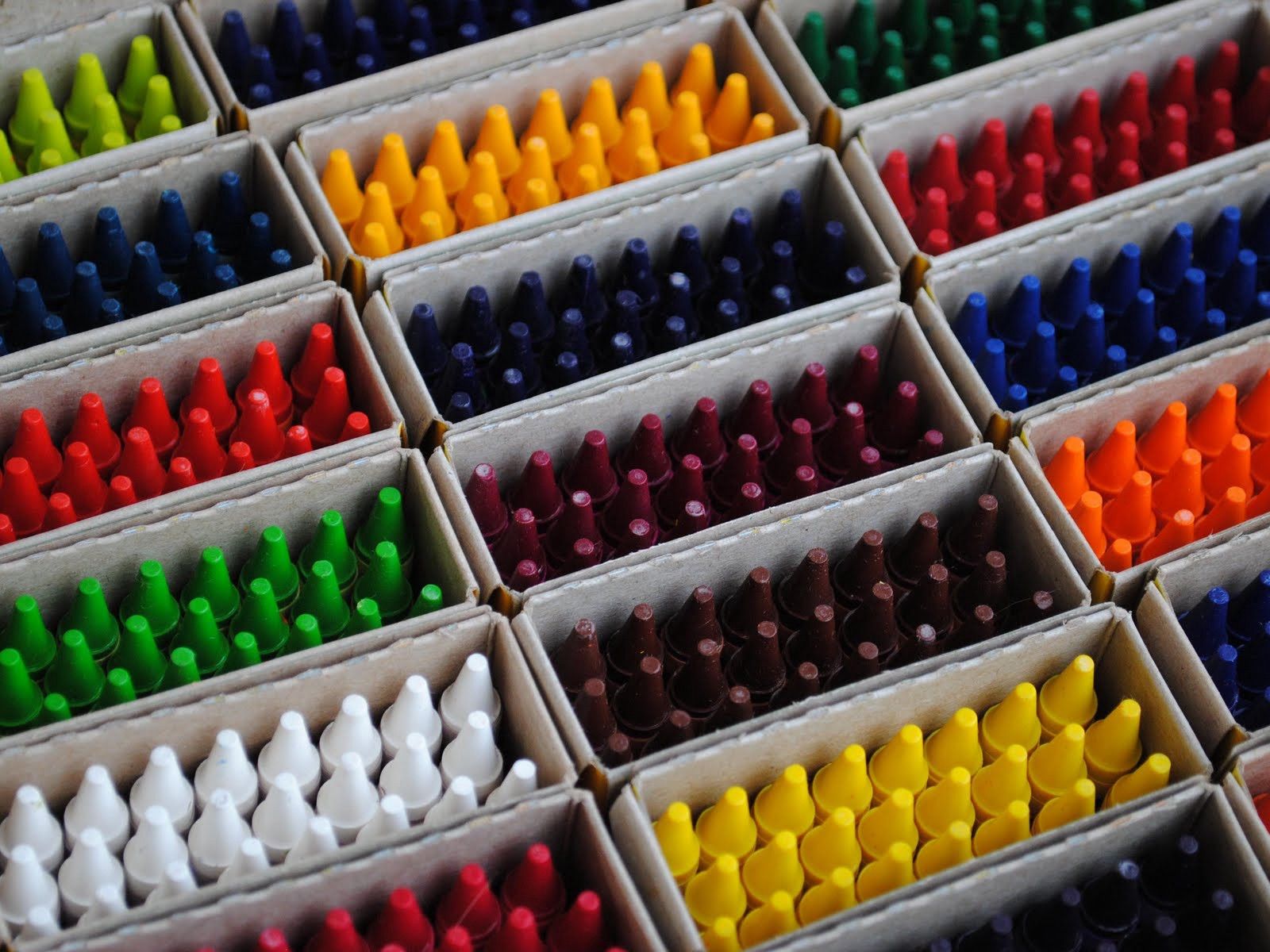
Exclusion is a pretty simple concept to grasp. The Dictionary program on my Mac defines exclusion as the process or state of exclusion. Great, they used a version of the word to define the word. So what does exclude mean?
To deny someone access to or bar (someone) from a place, group, or privilege; keep something out of place; to remove from consideration, rule out; to prevent the occurrence of
Sound familiar? Sounds a lot like prejudice to me.
Given that we humans are terribly inventive creatures, nobody’s really surprised that we’ve developed biases for just about everything. Ability, age, class, country of origin, ethnicity, race, religion, sex, sexual orientation, size, weight . . .
You think it’s tough to face questions about bias and exclusion? You should try being on the receiving end of exclusion. I have a story for you . . .
Back in October 2012, I read about the 9/11 Memorial at the World Trade Center and how the newly installed fountains descended into each footprint of the original towers, and how a stunning bronze parapet inscribed with the names of the victims surrounded each. It read like it’d be a transcendent experience. I had to see it! I told my friends about it and made reservations for us.
A couple of days later, we got there and were amazed by the solitude throughout the memorial. It reminded me of an oasis smack dab in the middle of the hustle and bustle of Lower Manhattan. The new One World tower was close to completion, and we strolled over to the south pool. I was ready for my transcendent moment, the height of my visit: seeing the huge imprints and the waterfall/fountains inside them.
Unfortunately, my transcendent moment was obscured by the height of the wall. It came about two inches higher than my eye level.
My friends and I — all Little People — walked the circumference of the south fountain thinking, “surely there’s some cut-out where we can see through, or there’s some elevated area specifically for those with limited mobility.”
Nope. Not *that* day. I guess the designers of the plaza forgot that wheelchair and motorized chairs users, kids, or the vertically challenged might visit the plaza and expect to have the same experience as everyone else. I seriously hope that none of the survivors’ family members were wheelchair users.
Everyone is offered the same experience, right? Only if you’re taller than a third-grader.
I know the decision to make the parapet x-height wasn’t made capriciously nor intended as a personal affront. Decisions like that never are personal unless you’re the person negatively impacted by such. It probably never crossed their mind.
While the above illustration points to excluding a small portion of the population, the same scenario plays out a thousand times every day — intentionally and unintentionally — with race as the bias. Don’t believe me? Check out this New York Times article.
Diversity is not the issue. There are 7.5 billion people on the planet, and no two are exactly alike. Diversity is in our DNA. God has mastered diversity.
The issue is inclusion. And engaging in inclusive behavior is our human response to divine diversity. Since we’ve all been made by the same Creator, it stands to reason that we all have the same intrinsic value. Yes?
Inclusion

Think about your friends, coworkers, even the people with whom you choose to interact in passing. If they all look like you, think like you, and act like you, you’re not doing diversity. You’re doing uniformity.
Inclusion is a choice. A conscious choice. I choose to enter act with anyone open to interacting with me. Trust me, I’m not glad-handing everyone in line at the post office, but I don’t walk around in a cloud of self-importance, oblivious to the humanity all around me.
How do you become more inclusive? It ain’t that hard, people. You simply CHOOSE to open your sphere of influence — the people you interact with — to include different perspectives. Seek to afford others the same amount of grace and respect you would want if you were the only white person in a room of [insert your favorite minority].
This ain’t rocket science, people.
Originally published at Medium.com.
PostScript to the preceding story
You’re not going to believe this, but some four years after that fateful day in New York, I was invited to speak about inclusion and diversity in California, at this convention of themed entertainment designers. And you’ll never guess who was in attendance as I told the story about the parapet. Uh-huh—the designers of the fountains. I had no idea they’d be there and I know for dang sure they weren’t expecting to hear that story. From me. 😂
In This Issue
- New This Week: “Sheryl Sandberg and the Promise of Misogyny and Inequality” by Michael Greiner
- In Case You Missed It: “Black Women's Integral Role in the Women's Suffrage Movement” by Sabrina Bryant
- Support Our Human Family and OHF Weekly: Tax-Deductible Donations
New This Week
“Sheryl Sandberg and the Promise of Misogyny and Inequality”

In Case You Missed It
“Black Women's Integral Role in the Women's Suffrage Movement”
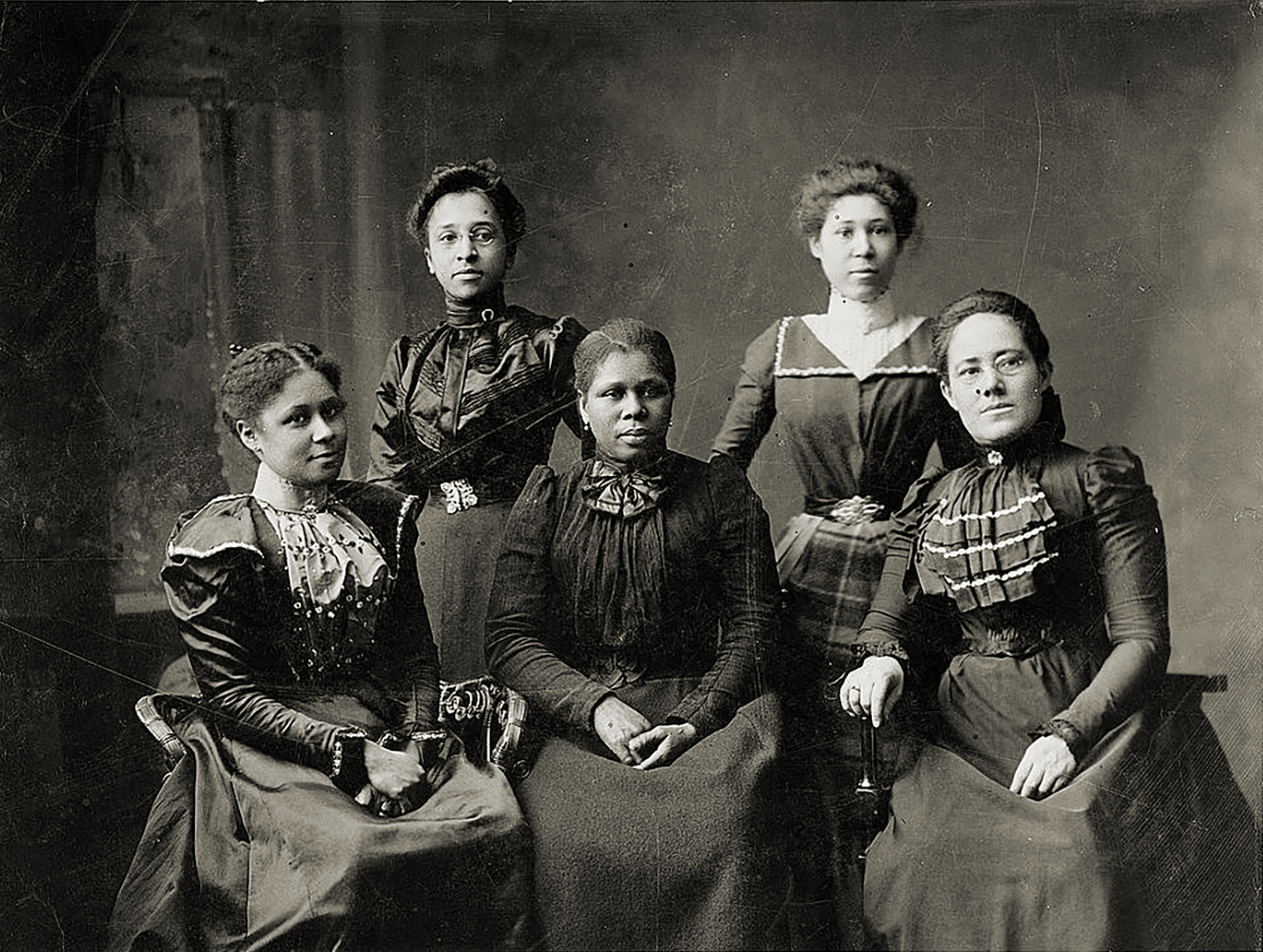
OHF Magazine, Issue No 2: The Baldwin Issue
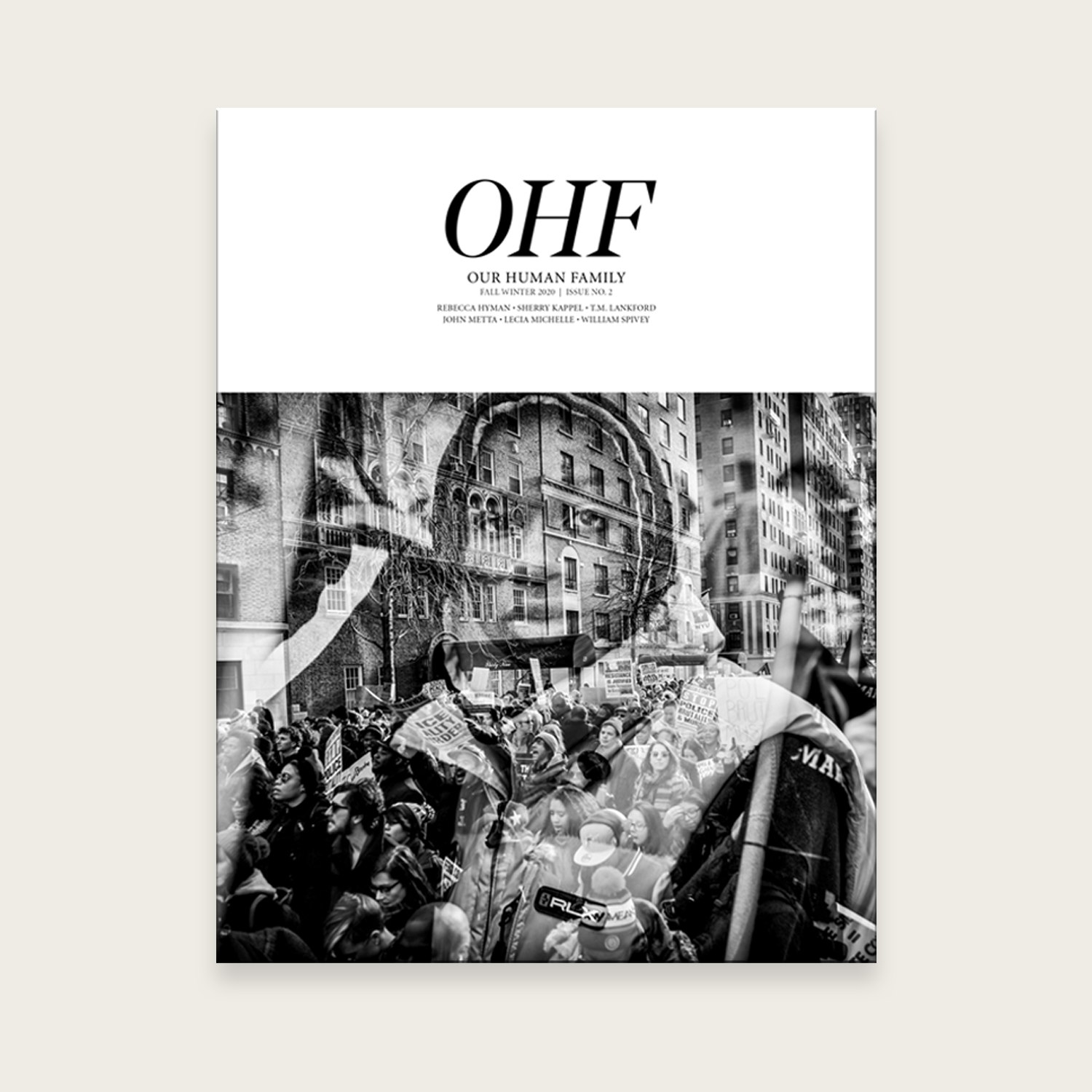
OHF Magazine, Issue 2. This issue’s inspiration: the prescient words of one of America’s premier authors, James Baldwin. Including articles by Rebecca Hyman, Sherry Kappel, TM Fordith, John Metta, Lecia Michelle, Clay Rivers, and William Spivey. Available now in print and for download. Only at ourhumanfamily.org.
You guys . . . this thing is a must-have.
Support Our Human Family and OHF Weekly
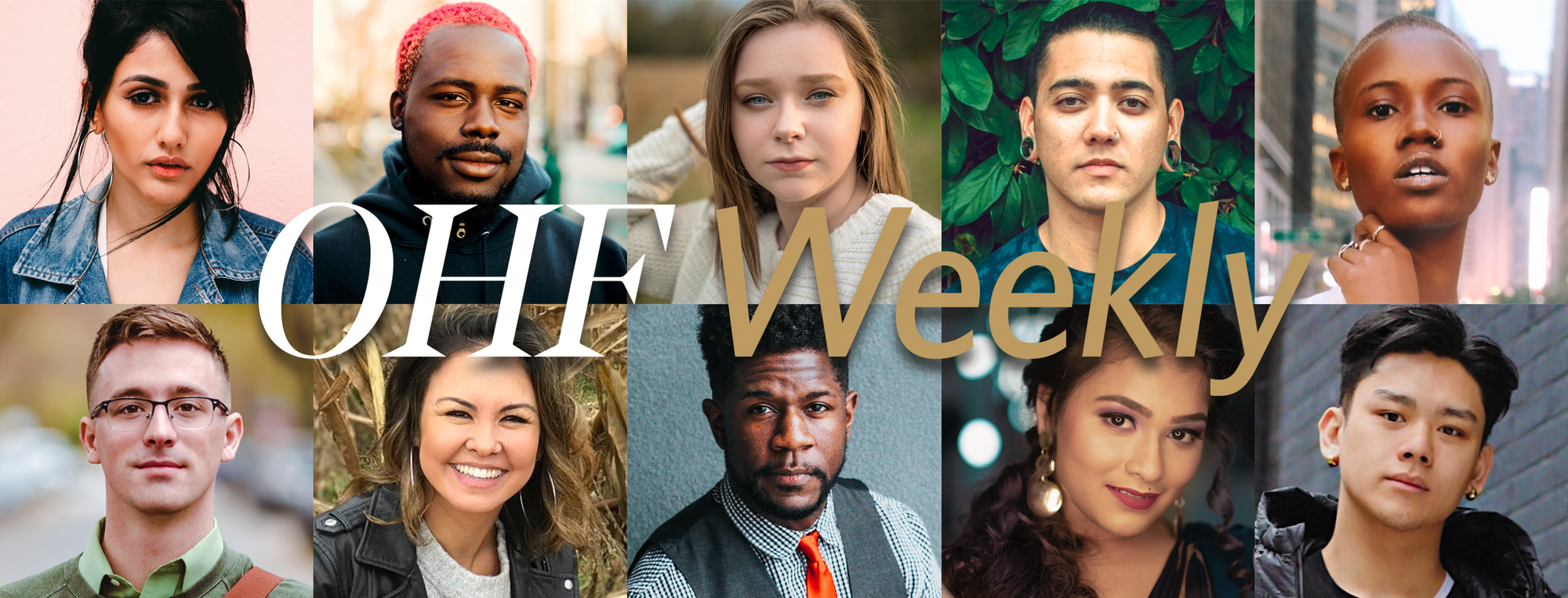
Our Human Family has been fostering conversations about achieving equality since April 2019. Our goal is to unite the world—our world, our sphere of influence—by dispelling the lie of race and the practice of racism and replacing them with the truth of love and equality.
Our Human Family, Inc. is now a 501(c)(3) charitable organization, with the same goals and message as the online publication. Still in its early planning stages, Our Human Family advocates for racial equity and inclusion by creating and offering workshops, panel discussion groups, targeting key educational programs for sponsorship, hosting guest speaker events, and much more that will help us achieve racial equity and inclusion for everyone.
No one should commit to the work of racial equity in pursuit of an anti-racism gold star, nor should anyone regard it as a performative means to earning an anti-racism merit badge. Creating a more equitable world for all people is its own reward and the benefits to society are manifold.
We understand that there is no one-size-fits-all approach to people. The same applies to providing the various segments of our customer base with the knowledge and skills necessary to eradicate racism. We make this possible by creating informative and transformative materials that will evolve with the times and meet the specific needs of various segments of our consumer base.
The subject of racism is broad and complicated. Its components require close examination and nuanced explanation. While our message is singular, we must tailor our conversations and presentations to bring awareness to these aspects. These items must also be updated to reflect the challenges of the times.
We cannot do the work of racial equity without the support of people like you. In the same way that it takes a village to raise a child, it will take all of us to end racism and create a more equitable world. Racism doesn’t just harm its victims, it harms its perpetrators and bystanders. Racism harms everyone. Our Human Family is working to bring an end to racism and establish a society rooted in equity.
You can help us continue our anti-racism work.
Please support the critical work and word of Our Human Family at the forefront of the national conversation on better race relations and widespread equity in America.
Love one another.
Clay Rivers
Our Human Family, Founder and Editor-in-Chief
Top photo by Adrià Crehuet Cano on Unsplash



